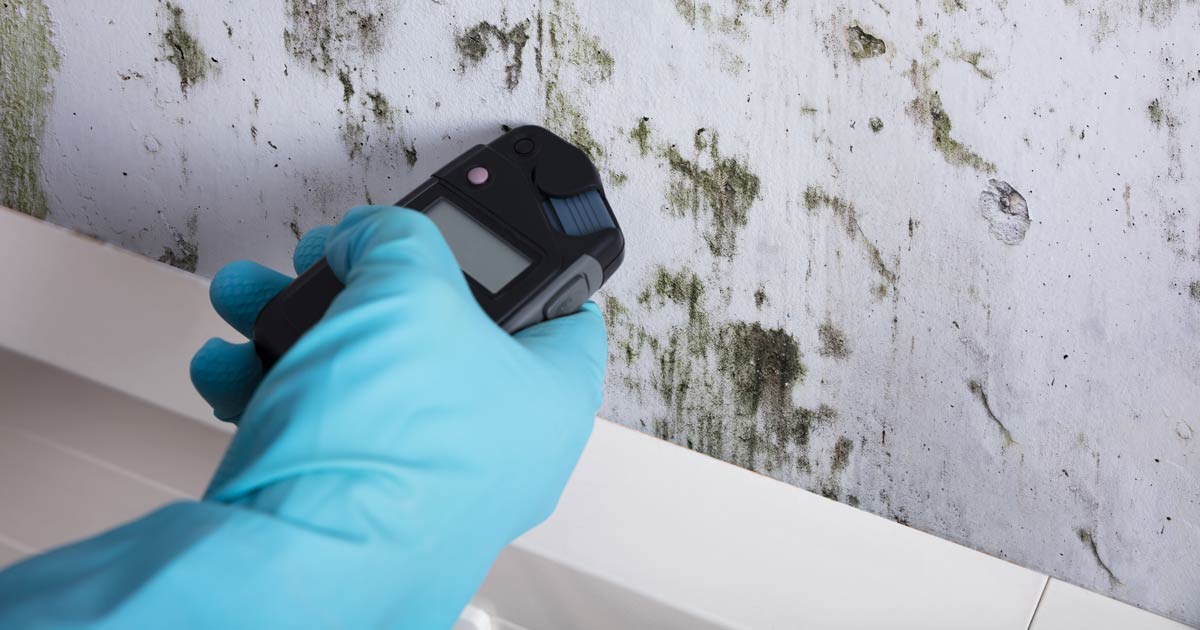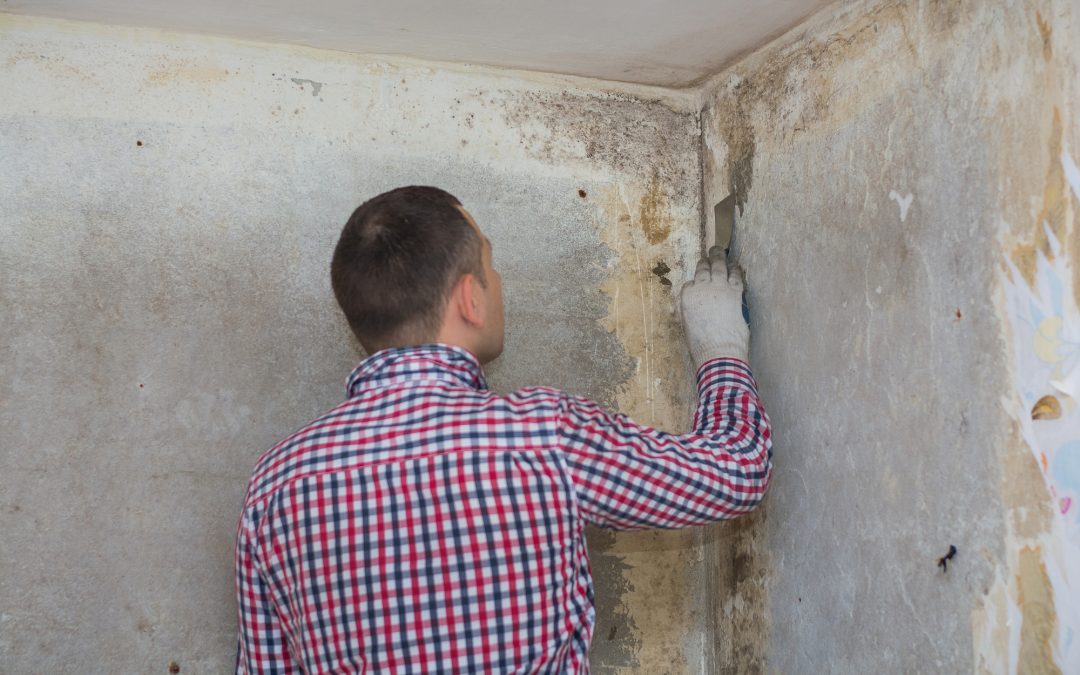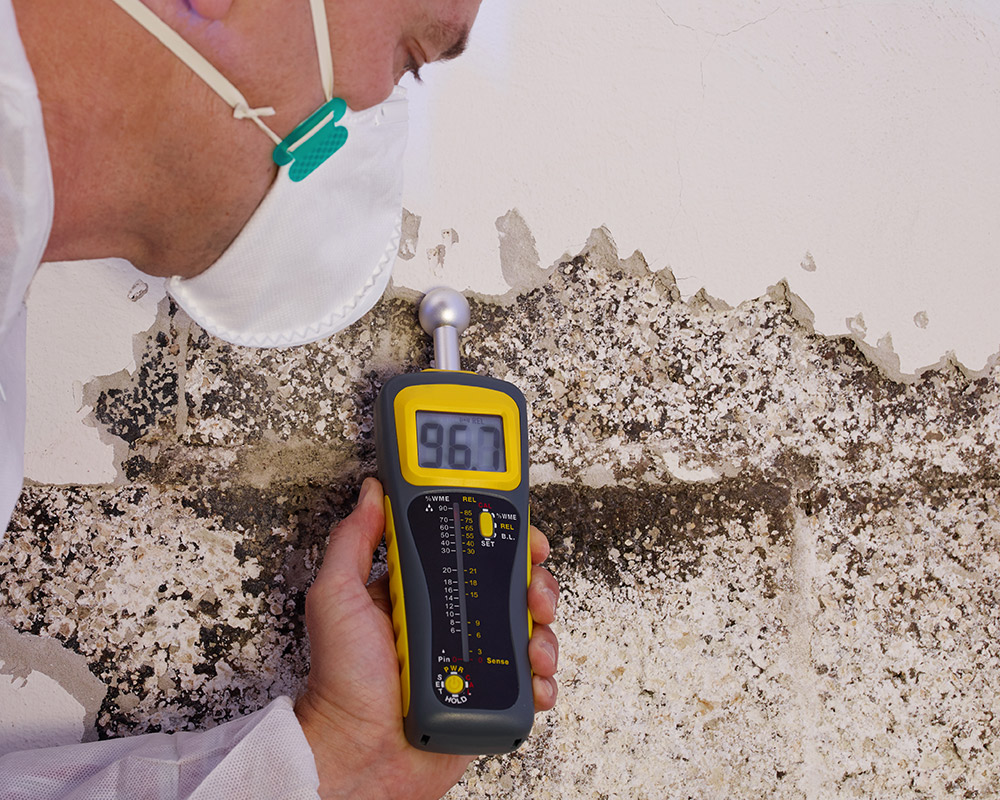Advice on What to Do After Mold Remediation
Advice on What to Do After Mold Remediation
Blog Article
Your Ultimate Overview to Article Mold And Mildew Remediation Methods
Navigating the realm of post-mold removal methods is a meticulous procedure that requires attention to detail and a comprehensive understanding of the complexities included. In the aftermath of mold and mildew invasion, knowing exactly how to effectively remove the mold and prevent its reoccurrence is extremely important for preserving a healthy and balanced indoor setting. From choosing the best cleaning and sanitizing techniques to implementing techniques for lasting mold and mildew prevention, each action in the remediation journey plays an essential role in ensuring a successful result. As we start this expedition of post-mold removal techniques, we will discover the crucial strategies and best techniques that can aid you restore your area to its pre-mold condition and secure it versus future mold and mildew hazards.
Recognizing Post-Mold Remediation Refine
After completing the mold and mildew remediation process, it is vital to understand the post-mold remediation methods that are required to make sure a effective and detailed cleanup. As soon as the mold and mildew has been eliminated, the following step entails cleaning and decontaminating the affected locations to stop any type of regrowth of mold and mildew. This includes utilizing specialized cleansing representatives to wipe down surface areas and kill any type of remaining mold and mildew spores. It is important to dry out the location totally to prevent the growth of mold and mildew in the future (Post remediation mold testing near me). Appropriate air flow and dehumidification can aid in this process.
Furthermore, conducting a final assessment post-remediation is crucial to make sure that all mold has actually been effectively gotten rid of. This inspection should entail an extensive aesthetic check as well as possibly air sampling to validate the lack of mold and mildew spores in the air. If the examination discloses any type of lingering mold, additional removal may be necessary. Lastly, informing occupants on safety nets such as regulating wetness degrees and quickly dealing with any kind of water leaks can help keep a mold-free setting.
Effective Cleansing and Disinfecting Methods

Stopping Future Mold And Mildew Growth

Relevance of Correct Air Flow
Appropriate ventilation plays a critical role in avoiding wetness buildup, a vital consider mold growth within interior settings. Reliable ventilation systems assist eliminate excess moisture from the air, decreasing the possibilities of mold and mildew spores locating the moisture they require to spread out and sprout. Without ample air flow, indoor spaces can become a breeding ground for mold, causing prospective wellness threats and architectural damages.
By ensuring proper air flow, air flow systems can also assist in drying damp areas quicker after water damage or flooding occurrences, further hindering mold growth. Post Mold remediation cleaning. Precede like bathrooms, attics, cellars, and kitchens where wetness levels tend to be higher, mounting and maintaining effective air flow systems is essential in preventing mold and mildew invasions

Surveillance and Maintenance Tips
Given the essential role that appropriate air flow plays in preventing mold growth, it is crucial to develop efficient tracking and upkeep pointers to ensure the ongoing capability of ventilation systems. Tracking moisture levels within the home is likewise crucial, as high humidity can add to mold growth. By remaining mindful and proactive to the condition of ventilation systems, residential or commercial property owners can successfully mitigate the danger of mold and mildew regrowth and preserve a healthy indoor atmosphere.
Conclusion
In conclusion, post-mold removal techniques are necessary for making certain a safe and tidy setting. Understanding the procedure, executing efficient cleaning and sanitizing approaches, stopping future mold and mildew growth, maintaining appropriate air flow, and normal surveillance are all crucial action in the remediation procedure. By following these guidelines, you can successfully get rid of mold and stop its return, promoting a healthy living or functioning area for all residents.
In the after-effects of mold and mildew problem, recognizing how to effectively eradicate the mold and mildew and prevent its reoccurrence is paramount for preserving a healthy indoor atmosphere. Once the mold and mildew has actually been gotten rid of, the following action entails cleansing and disinfecting the influenced locations to stop any regrowth of mold - Post Remediation Inspection near me. After getting rid of visible mold and mildew development, it is crucial to clean up all surface areas in the afflicted area to get rid of any type of remaining mold and mildew spores. To better improve mold and mildew prevention actions, it is necessary to attend to underlying issues that at first led to mold and mildew growth.Given the essential duty that appropriate air flow plays in stopping mold development, it is vital to develop effective surveillance and maintenance ideas to ensure the ongoing functionality of air flow systems
Report this page